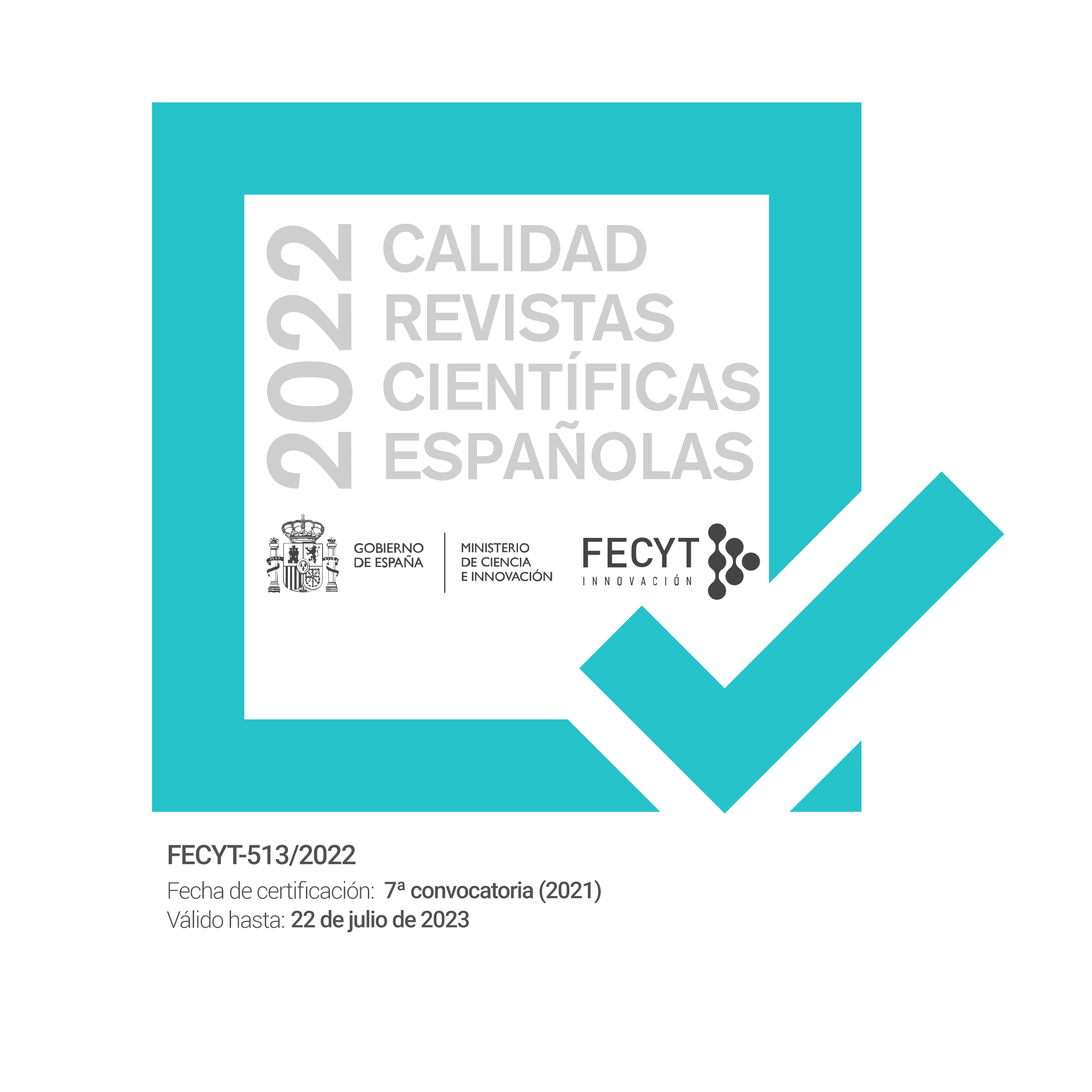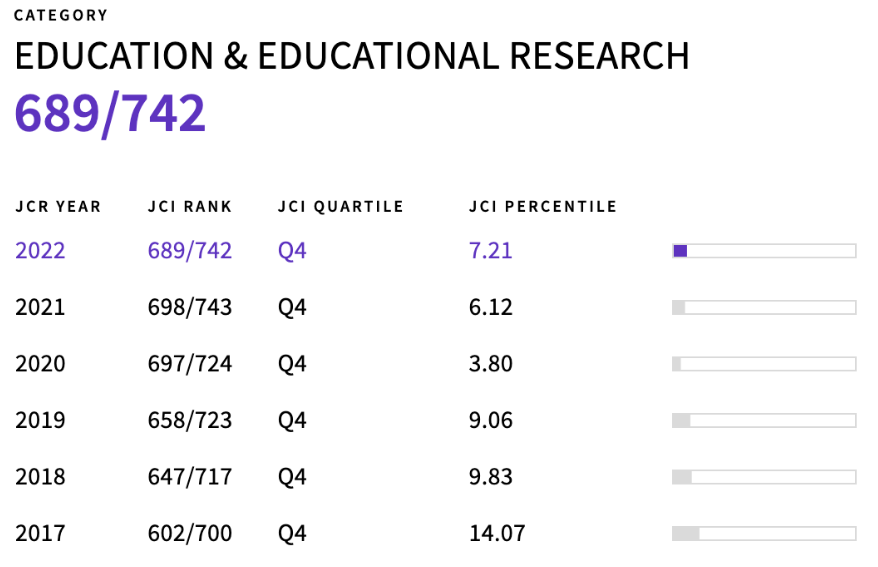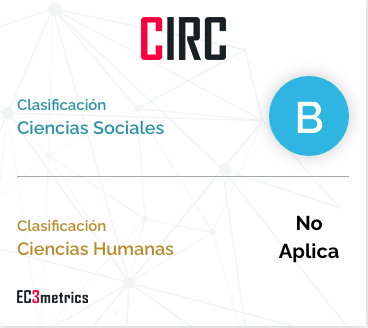ESTILOS DE APRENDIZAJE: SIMBOLISMO ESPACIAL
DOI:
https://doi.org/10.55777/rea.v4i7.929Palabras clave:
Estilos aprendizaje, Grafología, escuela, enseñanza-aprendizajeResumen
RESUMEN Durante años, han sido y siguen haciéndose investigaciones y trabajos sobre los estilos de aprendizaje, sobre cómo se enseña, sobre cómo se debería hacer para aprender mejor, para que el día de mañana nuestros hombres y mujeres sean más competentes en cualesquiera de las situaciones que la vida les plantee, aunque en muchas ocasiones se piense que sólo es en el ámbito profesional.
Las representaciones gráficas también forman parte de la manera en cómo se pretende hacer entender lo que se pretende explicar, y ahí surgen las expresiones simbólicas, una cebolla, una cruz, una rosa de los vientos, … Pero no sólo han sido los estudiosos de los EA, cualquier persona utiliza en sus expresiones y en sus forma de comunicación no verbal, gestos y formas con las que transmitir lo que piensan, sienten, hacen, desean,… y al utilizar un útil de escritura y dejar sus marcas sobre el papel, van a proyectarlos y es ahí donde entra la Grafología (aunque no solo) al intentar explicar cómo somos y cómo nos proyectamos.
La propuesta de este trabajo es la de “re-orientar” los esquemas de los modelos empleados en los EA, para que si bien no hay cambios, si se propone una reubicación en base a la psicología y nuestra propia forma de hablar, de pensar, de hacer y de expresarnos.
LEARNING STYLES: SPATIAL SYMBOLISM
ABSTRACT For years, research and studies have been and continue to be done on learning styles, teaching methods, and how to learn more effectively, so that in the future our men and women will be more competent in any of the situations that life presents them with, although in many cases it is thought that these competencies only apply to the professional environment.
Visual representations are also part of how one attempts to make clear that which is being explained, and it is here that symbolic expressions arise: an onion, a cross, a wind rose. But this not only applies to the scholars of EA: everyone uses gestures and mannerisms in their form of expression and nonverbal communication to convey what they think, feel, do, and desire. And when they use a writing instrument and leave their marks on paper, all of this will be projected. This is where graphology (but not only graphology) comes in: when trying to explain who we are and how we project ourselves.
The purpose of this study is to "redirect" the schemes of the models used in the EA, so that even if in the end no explicit changes are made, a schematic repositioning of these models – one based on psychology and our own way of speaking, thinking, acting and expressing ourselves will have been proposed and considered.
Descargas
Descargas
Publicado
Cómo citar
Número
Sección
Licencia
Con el envío del original, el/los autor/es declaran que conocen y aceptan, en su totalidad, la política de privacidad así como los derechos de autor de la Revista de Estilos de Aprendizaje.
La Revista Estilos de Aprendizaje ofrece acceso libre y abierto a su contenido de forma totalmente gratuita con el fin de hacer llegar la investigación científica a sus lectores y sociedad en general. Todos los contenidos digitales son de acceso libre y gratuito y se publican bajo licencia de Creative Commons:

La cesión de derechos se realiza bajo la licencia Creative Commons Reconocimiento-NoComercial-SinObraDerivada 4.0 Internacional (CC-BY-NC-ND 4.0)
Bajo esta licencia, está permitida la reproducción y difusión de los contenidos de la revista con fines educativos, sociales y de transmisión de conocimiento, sin ánimo de lucro y siempre que no se modifiquen, se cite la procedencia y la autoría.
La licencia a la que se acoge la Revista de Estilos de Aprendizaje permite copiar y distribuir los contenidos de la revista, siempre que se reconozca la autoría de la obra, especificando correctamente el autor y la entidad editora. No se puede utilizar la obra para fines comerciales y tampoco se puede alterar, transformar o generar una obra derivada a partir de esta obra.
La Revista de Estilos de Aprendizaje es una revista de acceso abierto. La publicación de artículos o reseñas en la Revista no da derecho a remuneración alguna. Así mismo, tanto para los autores como los lectores, la revista es gratuita Creative Commons Reconocimiento-NoComercial-SinObraDerivada 4.0 Internacional (CC-BY-NC-ND 4.0).
Desde la Revista de Estilos de Aprendizaje se invita al/los autor/autores a ampliar la visibilidad y el alcance de sus artículos publicados mediante la redifusión de los mismos en:
- Espacios web y redes personales, así como en encuentros y foros científicos.
- Archivos abiertos institucionales en Universidades, repositorios educativos y Centros de Investigación.
- Redes académicas y científicas (Researchgate, Academia.edu, Plubons, etc.).
Se requiere que en todos estos espacios y publicaciones se incluyan todos los datos bibliográficos de la publicación.



























